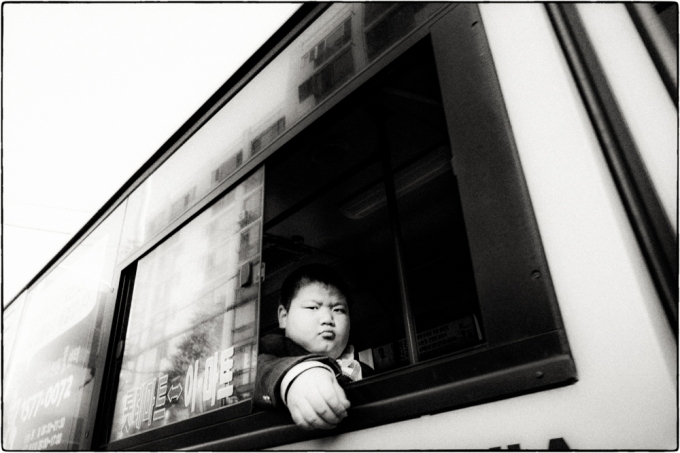
The hardest part of photography for me is processing. The part that pisses me off the most is processing. Basically the only thing that annoys me is processing.
I fucking HATE processing.
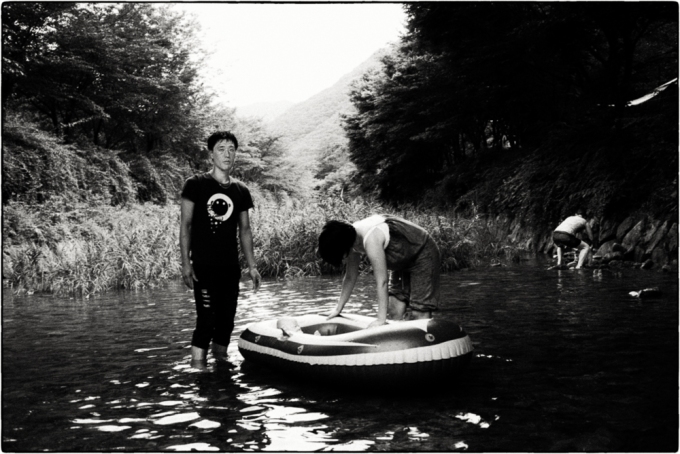
Why? Well, there are too many options. My mind changes too often. I hate being in front of a computer, yet, spend half my bloody time there.
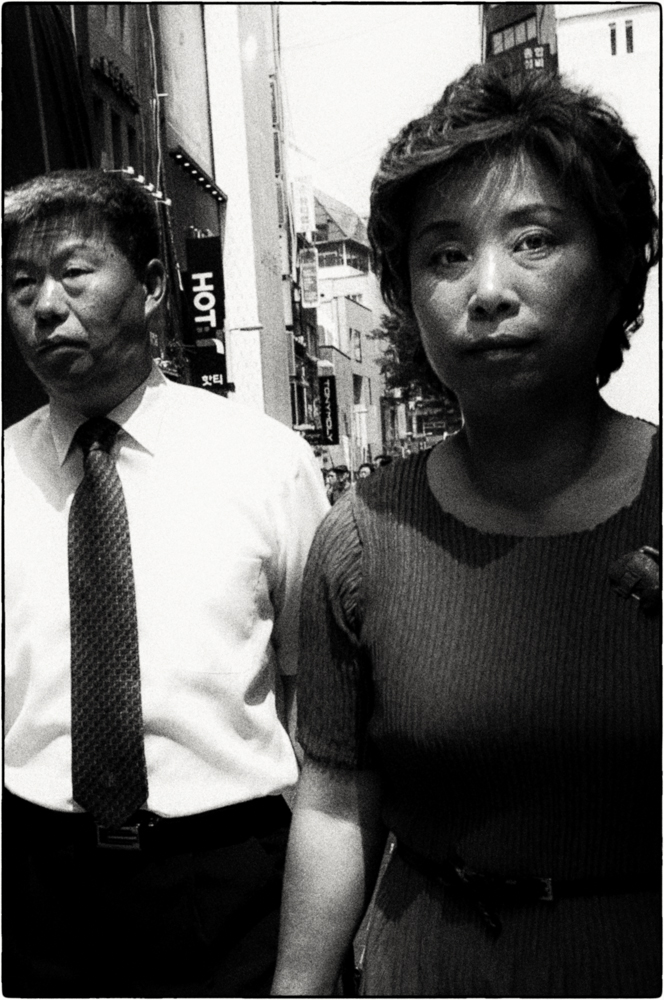
It must end.
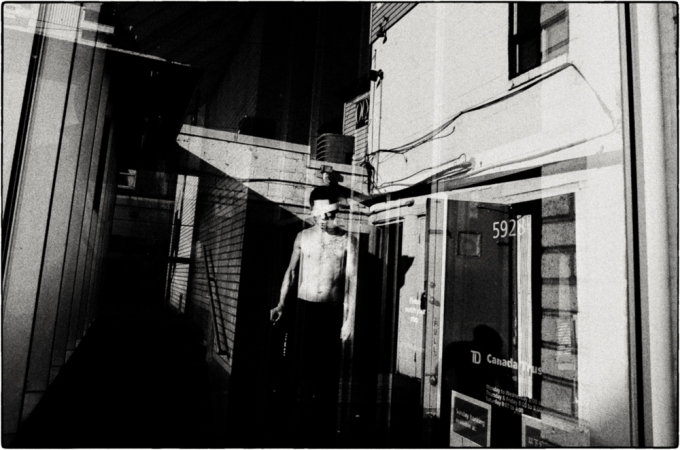
Film certainly helps. I don’t do or need to do as much to scanned negatives.
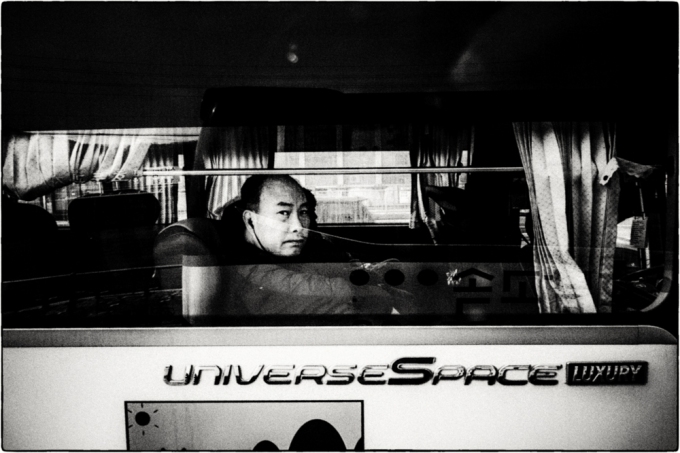
Film is also the problem. I am constantly dealing with wanting my digital photos to ‘look’ as good as my film photos.
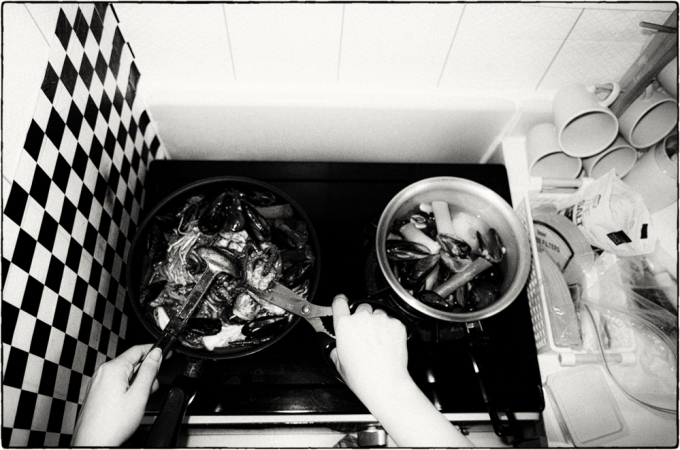
Nostalgia plays a part here. I always imagine my film photos to be more contrasty than the really were. I always seem to make my digital photos more contrasty than they need to be. I always seem to remember my film photos having more grain than they actually had and my digital photos suffer because of this ridiculousness.
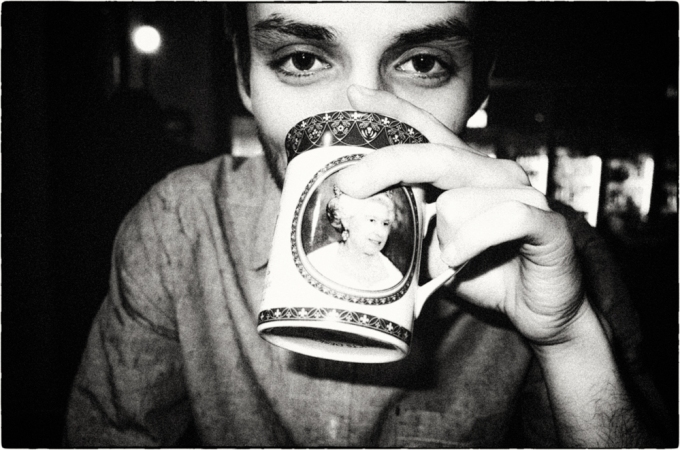
While in the shower today, I had a good think about this. This past week I spent hundreds of dollars on film shit so I could go back mostly to film. In the end though, I’ll have a scanned negative and it is quite likely that at some point I’ll have no option but the digital one.
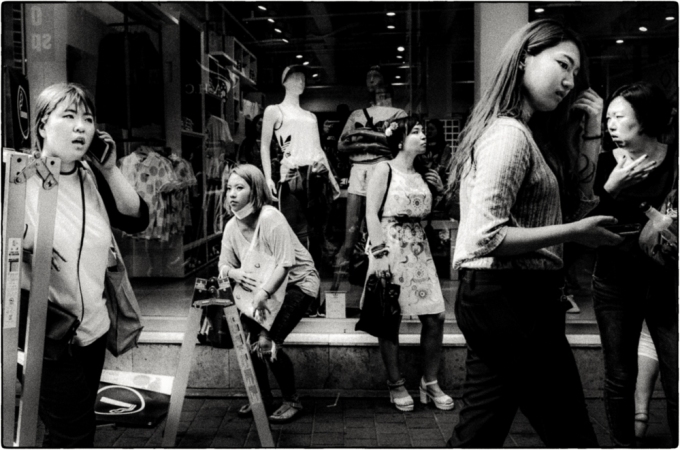
In the shower, I came to several conclusions about my photo processing and what I want from it.
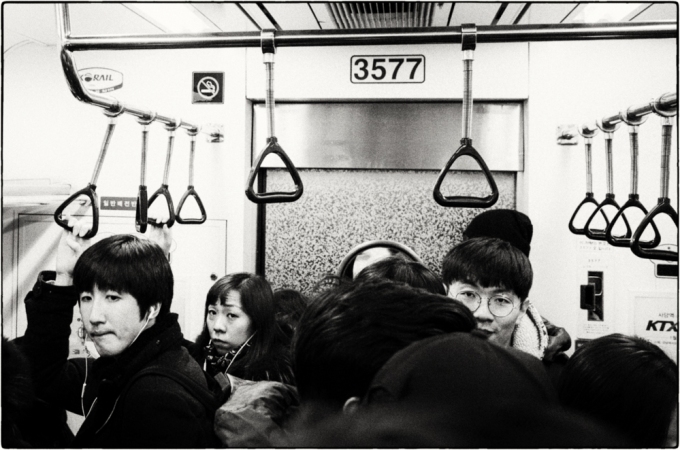
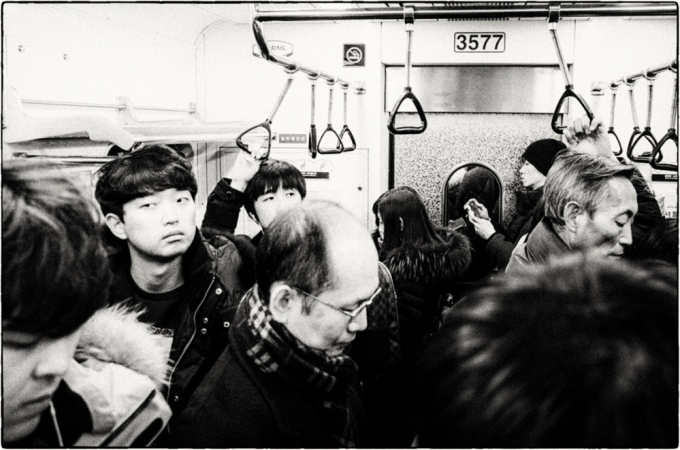
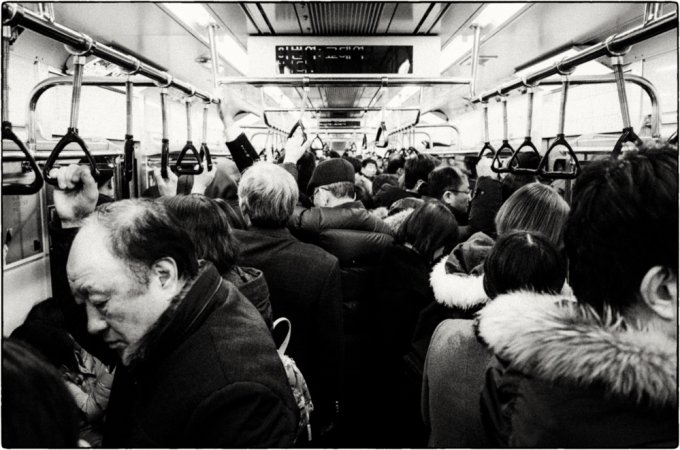
The most important thing I want from my digital photos is consistency. If you’ve followed my blog at all up until now you’ll know how often I change cameras. While I don’t buy as many as I used to, I now end up with different ones even more often it seems.
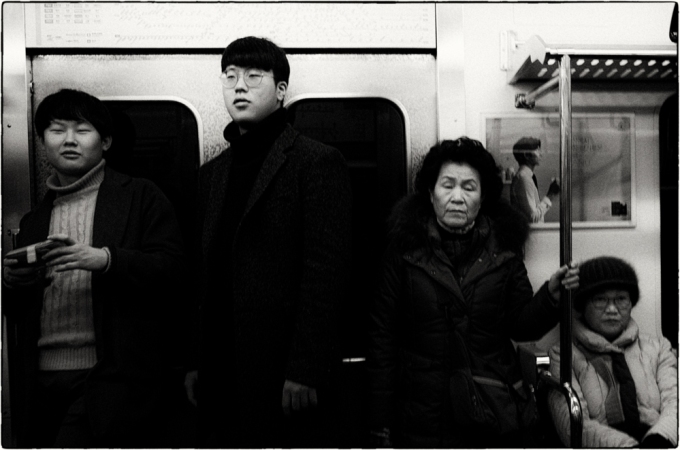
The problem with changing digital cameras is that every digital camera has a different “look”… Sensors are like types of film. This makes it hard to be consistent when processing digital photos.
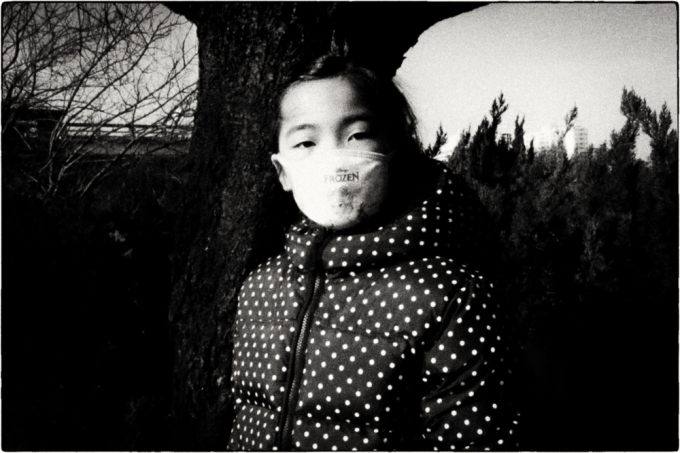
This is my biggest struggle these days in relation to digital photography. After my shower today, I went through a series of random images in my Lightroom catalog from different times, places, and cameras.
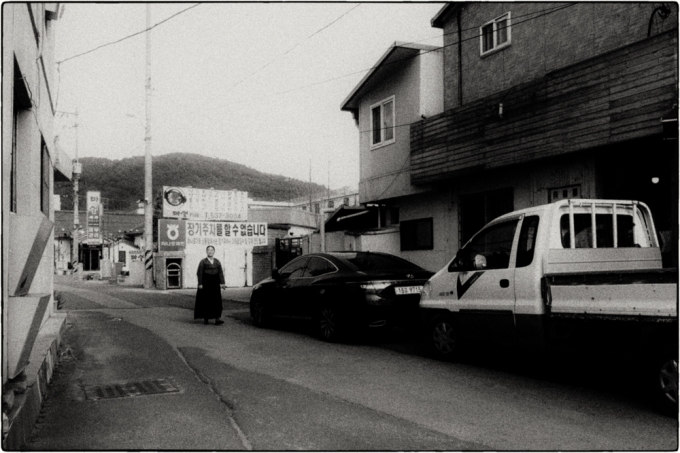
I should start by saying my Lightroom catalog is about as clean as it gets. I have a rule that I never have more than 200 images at one time in there. This keeps me constantly editing my images down to a manageable amount.
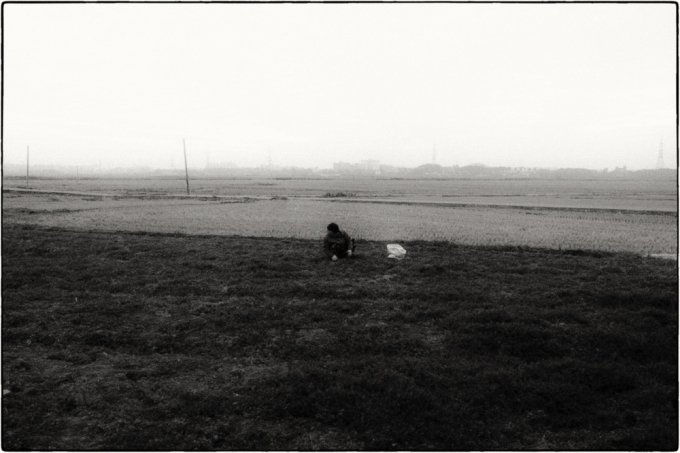
Anyway, after going through those images I realized several things, the first of which being a lack of consistency.
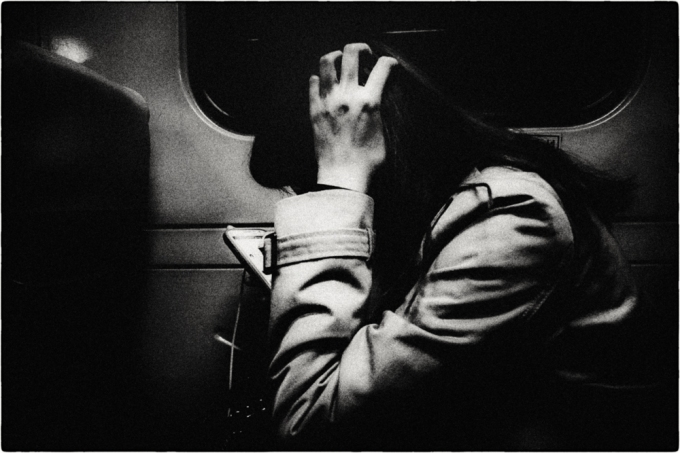
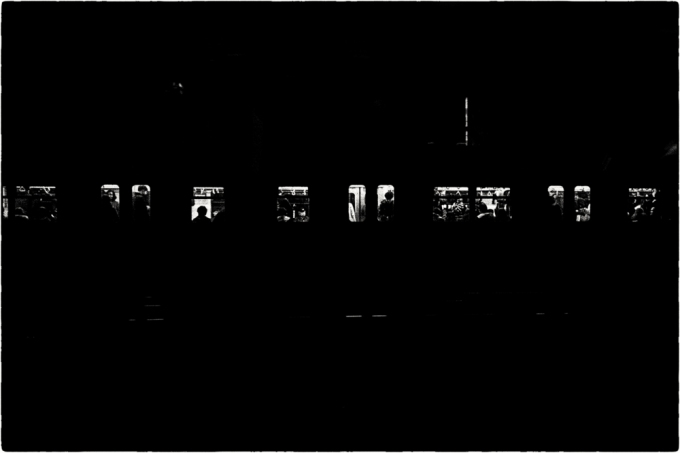
The lack of consistency came a lot from the fact that the older I went back the more contrasty my images were. Contrast is fine but it is becoming too overdone. It is becoming a crutch for shite photographers to post shite photos of shite things. I dunno if it is because of this or just the fact that my aesthetic has changed but I process my images less and less contrasty all the time now.
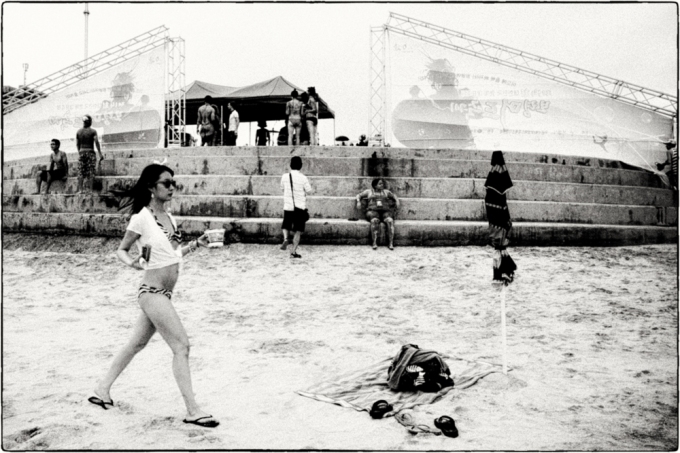
I found some old photos and sat down for a couple hours with a coffee and tried to process them in such a way that they all looked similar to my eye. I put a photo of mine taken with Tmax and an old Leica and had at it.
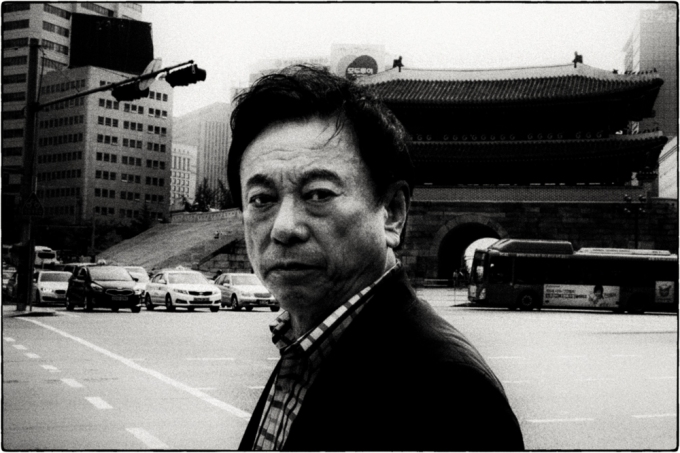
Right away I realized that I add way too much contrast to digital photos. Even though I thought I was taking a “gentle” approach it didn’t seem like it at all next to the old pushed Tmax. I intentionally processed them without looking at the film photo first and even though I thought the film photo would have more contrast, in reality, it didn’t.
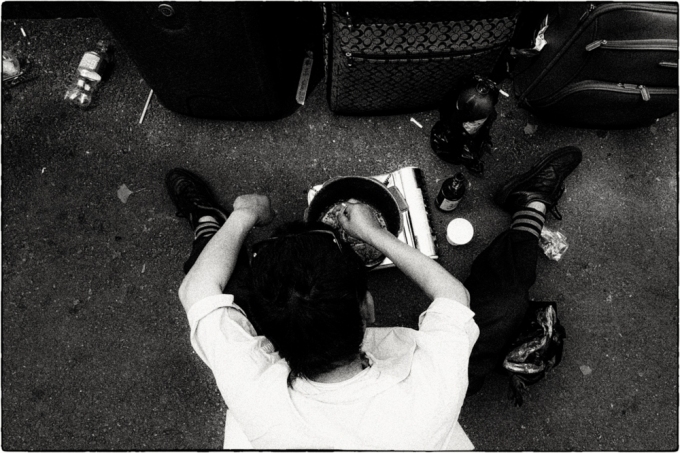
Weird how our brains work.
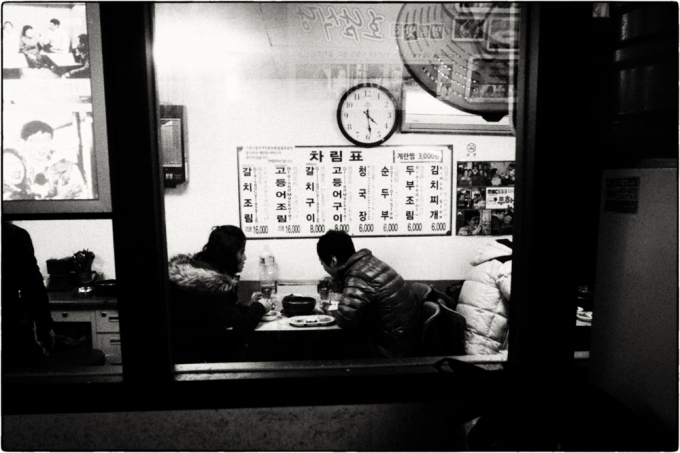
So, one thing I realized is that film contrast is a different kind of contrast. Natural film contrast comes from pushing film and contrasty lenses. One way I’ve found lately to make my digital photos look better is to underexpose them in camera and then push them later. They look more natural to me this way.
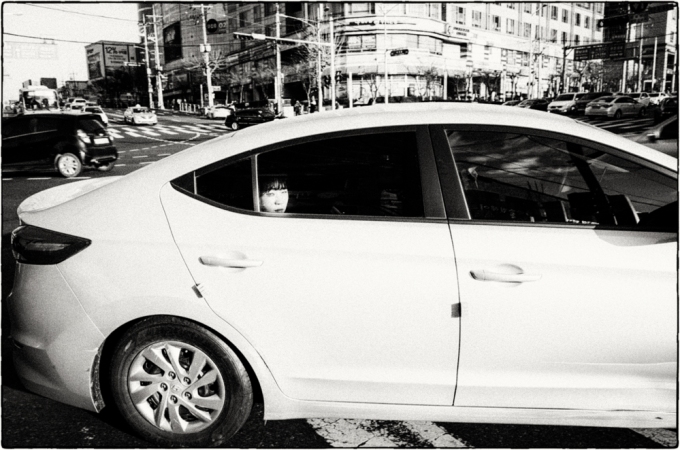
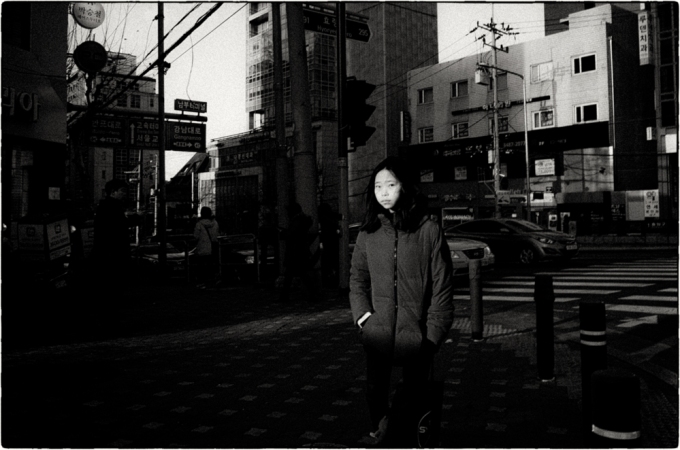
Another thing I realized going through the group of photos is that a good photo is a good photo no matter how it is processed. The first photo, of the boy in the bus, is one of my favorite photos that I have ever taken. The version above is barely processed at all and yet I think it is much better like that than it was when I went all Daido Moriyama on it in the past.
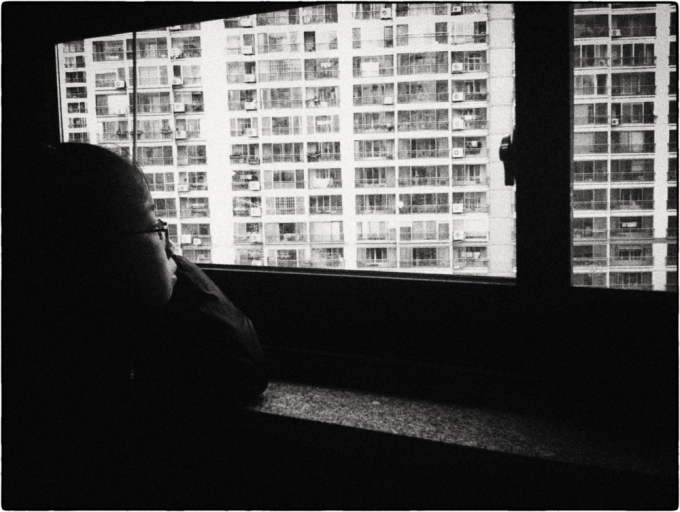
I also realized that some of my best photos were butchered by the “old” me. Sad really, ha. Sadder even that I rarely kept the originals so I can’t even fix my own fuck-ups.
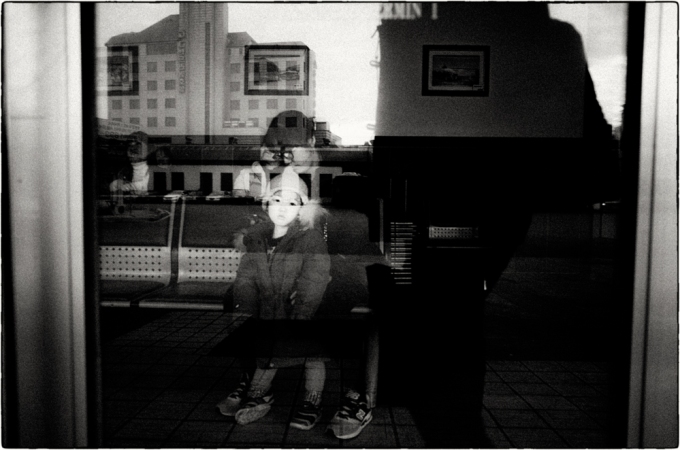
The next thing I decided I was going to do while in the shower was to not worry about cameras. Not worry about buying them or selling them. I mean, I will buy one when I feel like and not buy one when I don’t. If I can get a consistent look from my digital photos I could care less about the camera that took them. I enjoy cameras, for what they are but there is one truth:
The photos last.
The cameras don’t.
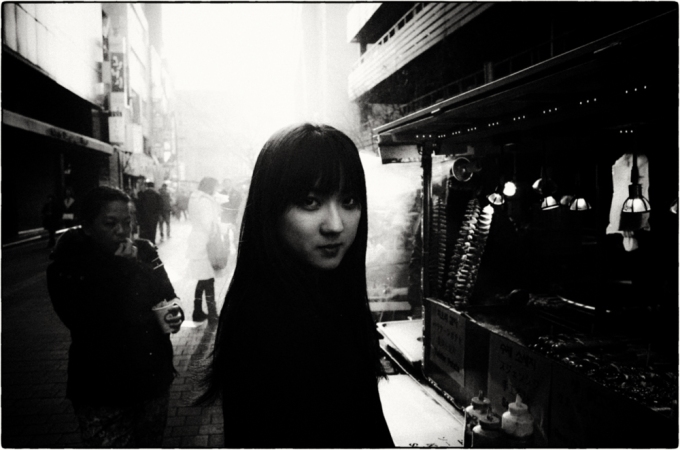
In the end, the photos are most important. I often write about loving the work of some photographers who are consistent in their approach and their photos are consistent in the way they look. While I don’t think I’m there yet, this morning shower, shave, and processing session really helped. I have a better idea now of how I want my digital photos to look and a better idea of how to get them to look like that.
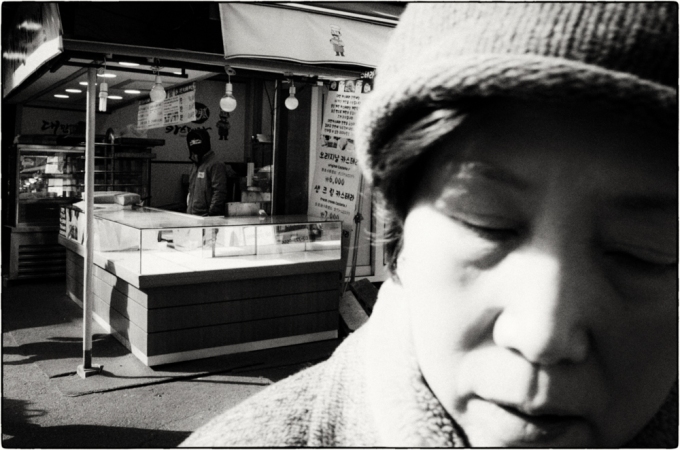
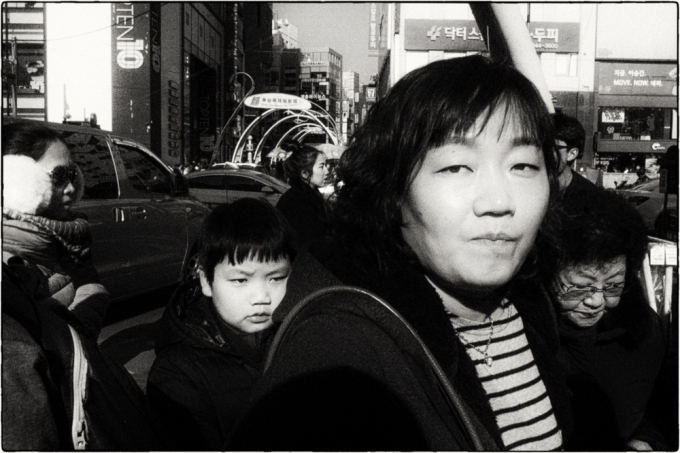
I know what you’re thinking. Almost all the photos here are from Ricoh cameras so it is easier to get them to look similar. This is true, ha. I would contend though that there is quite a bit of difference between the GRD from 2006 and the GRII from 2016 which are the cameras mostly showcased here. The truth of the matter is, I end up with a lot more “keepers” from Ricoh cameras and therefore had a lot more to go from today.
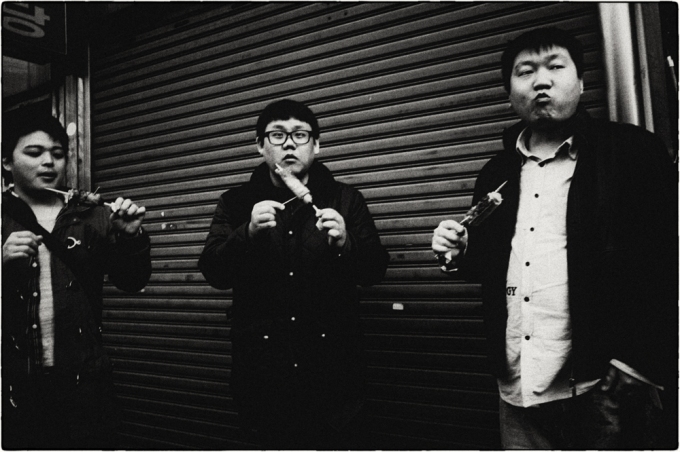
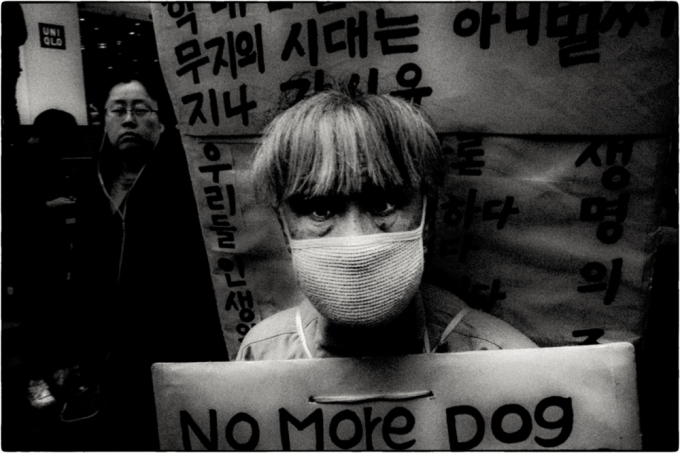
I digress..
The bottom line about processing is that no matter how you process your photos being consistent is the most important thing. I think the workflow I have now is the best and simplest it has ever been.
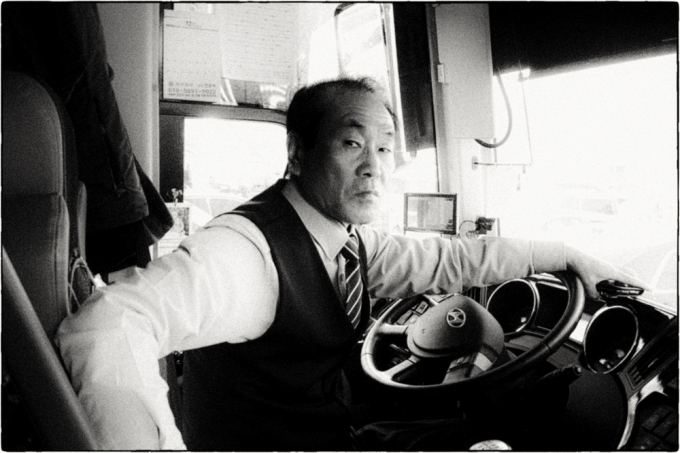
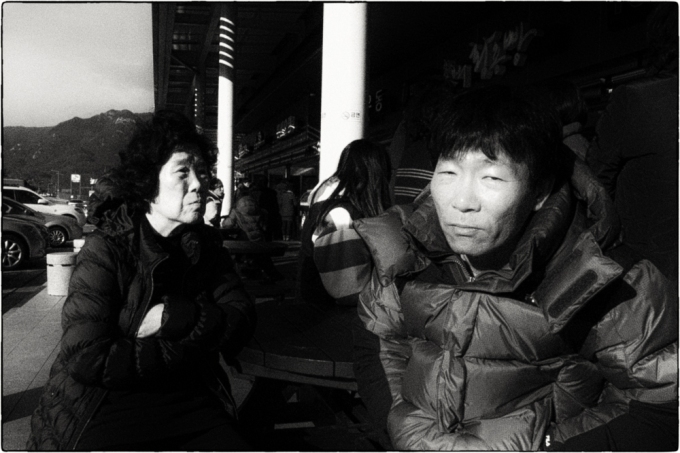
Simple is always best. As happy as I am to have had the “revelation” I had today I hated the two hours I spend in front of the computer having it. The less time I have to be in front of the computer the better.
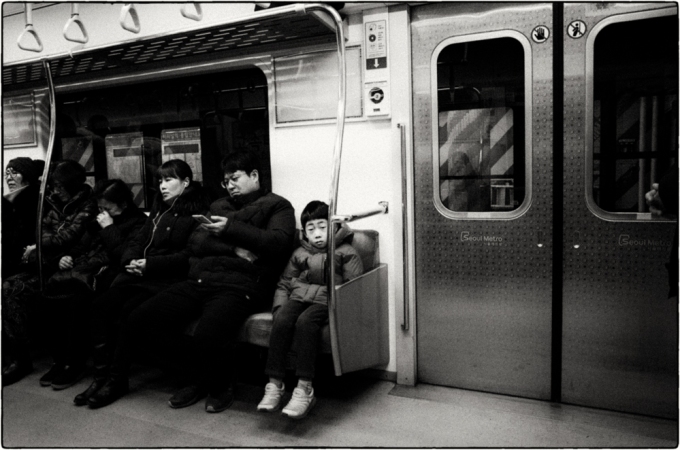
Because obviously that is time that would be better spent doing something else.
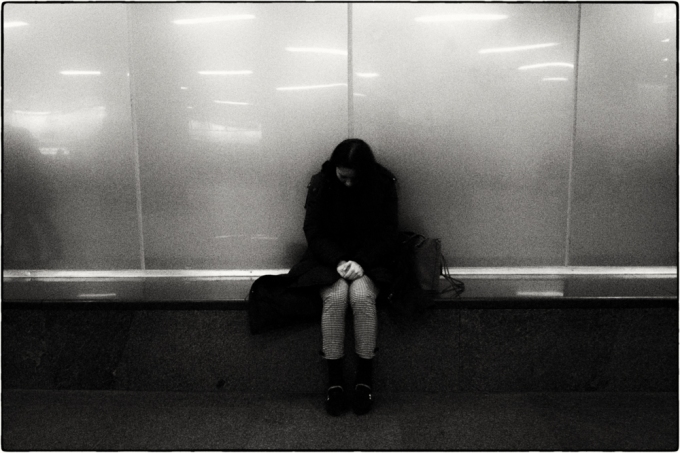
I love film. Love it. While I don’t enjoy the darkroom as much as most guys who do it I “get” why they do. I get that it is a more complicit art form. Lightroom isn’t the same. I get spending time in the darkroom because it should be a slow process.
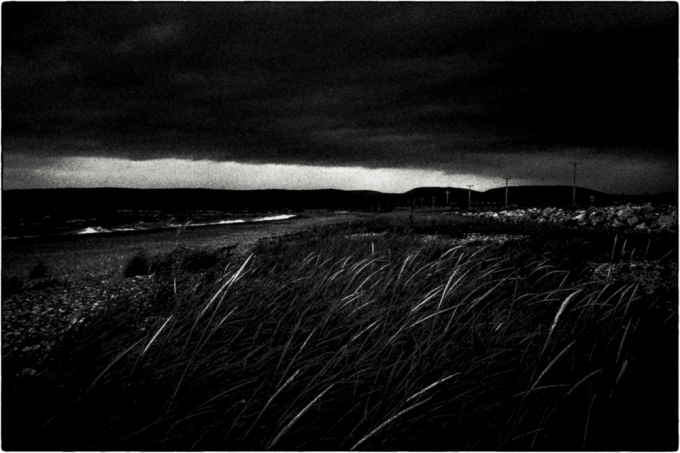
It is supposed to be a contemplative kind of thing. I turn on some music and just work.
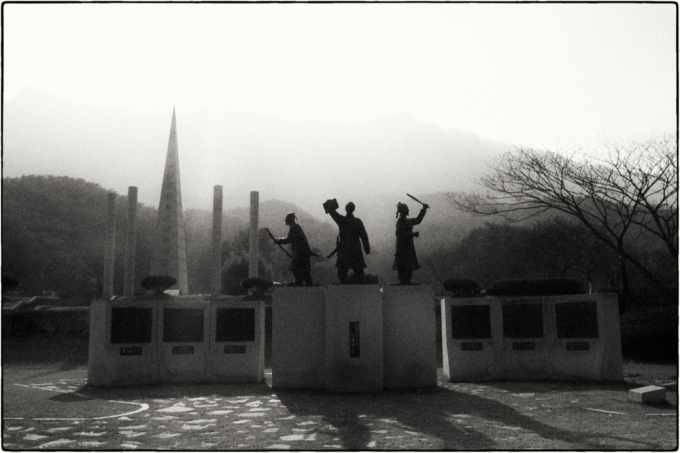
Digital is supposed to be simple. It is supposed to be quick. It is supposed to be autopilot. At least, that is how I see it. People will argue the film vs digital thing to the death. I don’t get the argument. Strokes for blokes (and ladies) as they say. I love the look of film. I really don’t find digital the same.
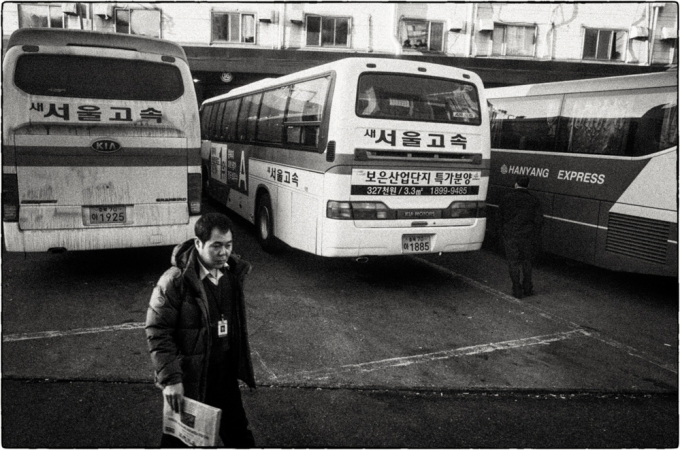
The shadows and highlights are the key. Film renders highlights and shadows softly. Digital has a hard time with this. Digital highlights drive me mental.
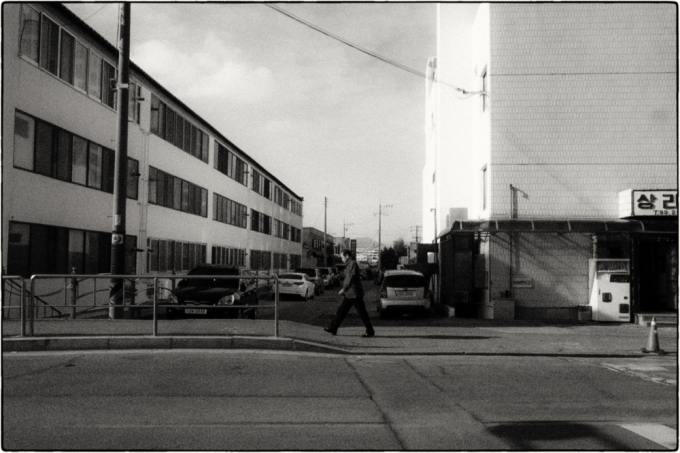
I think the nostalgia is in that softness. It creates a dreamy feeling that is hard to mimic. Sad, really, that our brains work like this.
At least, mine works like this.
That is probably why I bought all that film equipment. I find it ironic that I made a workflow that is by far my favorite for digital the day after I spent those hundreds of dollars.
To be fair though, film will always be different.
Plus, I get to use this:
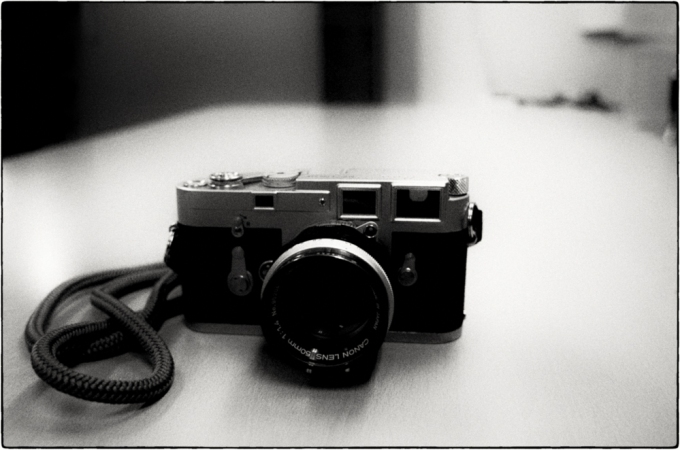
😉
Iksan, February 19th, 2017.
Born in the late 60’s, grown up through the 70’s and 80’s I’m still a film dude in 2017. I really know what you’re talking about reg. the processing of digital stuff sitting in front of a computer working with digital images. It’s a bloody pain, and I hate every single second I have to do it. So I stopped, simple as that. Now I only do processing inside my phone, and anything that takes me more than 15 sec. to do in snapseed will not be done, period.
Luckily I’m a different man when going inside the darkroom doors. Patient even, at times.
I really love the looks of your digital files here, by the way.
And the pictures themselves, the obvious reason why I started to follow your blog in the first place, they are just up there in the highest league! Keep them coming :))
BW can be a pain in the arse sometimes. You would think that processing BW would be easy (it is just black & white), but I actually find it harder to work than colour shots (with all it’s various hues) most of the time, probably why I switch back and forth between the two quite a lot. I sometimes wish that I could have just one preset for each, one click and done, no extra processing needed. Unfortunately, photography isn’t like that, we have to work for our art.
I will try your tip about underexposing in camera for digital. It makes sense really because digital cameras tend to overexpose generally when compared to film I find.
I started meaningful photography in 1967. I have been photographing ever since. I have a consistent approach, details in the highlights, substance in the shadows, and a full range of grays. I switched to digital as soon as it really became responsive. I try many different cameras, I used to work the front desk of a camera repair shop, but I have settled on Micro-Four Third cameras for the last ten years. Reading this morning I realize that I have never wavered from my approach. It is really based on the definition of a good darkroom print that I taught myself in the early days. My purpose is the photographs and what they express. Many times I see an excellent photograph, the content, the emotions, and the composition, ruined by the processing.
Hi Stephen, thanks for your very rational post, it makes a lot of sense to me. The simplicity of a single approach to processing for one’s whole life, has merit for sure. Even though I see the need myself for different images to receive different processing approaches, dependent on the photographer’s intent.
Got to say you’re a very good photographer. I find myself really looking at each of your images. Maybe because you capture the feel of Korea that I remember having been there many years ago. B&W is so very appropriate. Thanks for posting!
Thank you for sharing your struggles. I’m an amateur and even I am trying to get some consistency in my photography. I’ve discovered I like my photos somehow darker then other photographers, but I like that way of editing. And I’m a huge fan of colour photography and I’m a bit scared of taking pictures / editing in black and white. Seeing your beautiful photos and reading your story, I’m reconsidering my doubts and I’m going to take a shower as well 😉
Josh, I follow you because of your photographs. They fascinate me for the emotional depth they often portray amongst other things. I could care less what camera you use to capture these moments. I guess it’s normal for all of us to worry about some aspect of our pursuits and expression, in this case consistency. From my perspective and quite a few other people that feel the same, we can always recognize your work. It transcends any camera brand. It’s wonderful to witness. I think you have to struggle though, that’s the most important part of the process, not the digital or analog darkroom work. If you didn’t struggle there would be nothing to achieve.
One film one lens. I believe the same goes for digital cameras no matter which manufacture one may use. I believe this will lessen the struggle in the darkroom or in Lightroom. The other issue is the barrage of presets.
loved to read this.. a lot to think about
A while ago I read this: While I am satisfied with the post processing and final result for this image I can’t let go of the feeling that using the same software and digital algorithms as everyone else must render a certain uniformity to images. [source]
Makes a ot of sense.
Classic gsp process used the same chemicals, same paper, same enlargers, same lenses… doesn’t make much sense to me 😉
Hey JT firstly I love reading your ramblings. Same shit I think about. Very interesting what you say about contrast being a crutch. I think you’re right. You see that kind of processing so much these days and it really does hide a multitude of sins and really let the subject matter be anything cos it’s sometimes so hard to discern the subject anyway. Some people do that processing great. Jacob Aue Sobol comes to mind but there is a lot of shite out there.
I mean, I think it really should be about the imagine first. If you know how to make a darkroom print look like the digital output you use then more power to you. The problem is, most of the processing done is done by people that have no idea how to do that. They don’t even know what a darkroom print looks like. Even Sobol’s digital photos when printed almost become pixelated when large because he cannot create the same style as effectively as he did in the dark room. A sad reality. I have certainly gotten far away from it. I was sick of people in places like Instagram using me as the poster child for how to properly “ruin” your imagines, haha.
Nice one JT. By the way since I got my RicohGR about a year ago my Nikon D800 and Fuji x100S are virtually redundant and I hate that. Especially when I look at the Fuji. It’s so beautiful but the Ricoh is so easy to use and so unassuming.
The original x100 is certainly fair and away my favourite digital camera. Blows everything else away. Love it. The ones after all had a different look with the new sensor.
Always struggle with the EVF in sunlight. Everything goes dark. I’ve raised this on various forums but nobody answers. Have you found that ? Thank you.
Never felt that, although I tend to use the screen or the ovf in the daytime. I mostly use the original x100 so I don’t know if that makes a difference.
While I do agree with the comment about shite photographers abusing contrast, it’s tricky to be critical of them when you adopt a super stylistic editing approach. Because they can come back and say you’re using your editing as a crutch. If you take away the filter, is it still a good photo?
I just don’t get why digital photographers try to hard so emulate film. Digital has a soul of its own. It might be more saturated and not as soft, but that should challenge photographers to be more shutter speed and color-aware in their environment. Try taking a good color-accurate photo by finding complementary colors in the scene. Don’t take a shite photo with random colors and desaturate the hell out of it to get the colors to fit. If it takes a week to get one good photo on the street, so be it.
Over editing is how you get that IG filter look. It’s all just my opinion, but let film be film, and embrace digital for what it is. That’s how we can start respecting both formats and the unique challenges of shooting digital. Otherwise, we’re in this never ending argument about how digital will never compare to film, which is BS. it doesn’t have to.
To each their own.
I guess I’m fairly confident I dont need the processing. I do it to keep cohesion in my posts. I’m surprised you spent so much time to write a response on someone you obviously believe to be a hypocrite. I’m sure you can find a blog with photos you actually like 😉 Good luck in your search.
Hypocrite or not, that doesn’t really have anything to do with the length of a response. More to do with getting a point across. And I don’t agree we should just find blogs with photos we like. You put the criticism out there. You should be able to take criticism in return. Was just saying it’s pointless for all the Moriyama-style photographers to call each other shite. Moriyama himself said he’s loose with his composition and sharpness. That’s part of the arebureboke charm. From a technical standpoint, there’s a huge camp of photographers that call all the Moriyama photographers shite for this very reason. Because they can get away “shite” photos by masking it, stylistically. It’s all subjective.
I’m not sure I took your criticism poorly as you might have thought. I’m happy to be criticised. I just meant for your own enjoyment perhaps you’d prefer to look at something you’d enjoy. It seems to me that you are the one looking for a fight here. I write these boots on a whim and my opinion changes quite often. I share my opinion, as it is. You make lots of points here that to me simply sound like excuses. I don’t believe I called all Moriyama type photographers shit as well. I said there is a movement of photographers that seem to make up for a poor photograph by giving it the Moriyama treatment. That charm you speak of is fine but in the end a good photo is a good photo is a good photo in my mind. This is of course just my opinion. But then again, this is my blog ha. I spent years making up for shit photos in the way I mentioned here. And you seem to be lecturing me as if I don’t know what arebureboke is. A shit photo is a shit photo and a good one is a good one to me. Subjective, as you said. Anyway, I’m far too tired after spending the night in the hospital with my niece for more of this argument. I’d love to check out your photos some time, as we seem to have gotten off on the wrong foot. I guess you shoot in this way or else you’d not be so upset. I’m happy to be proven wrong. Have a good day, hope my post doesn’t ruin any more of it for you 😉
I should clarify though. A good photographer who does this style well I also enjoy. The problem I have is with photographers who take photos of nothing and slap their Moriyama filter on them. Have you heard of Alison McCauley? She shoots within the arebureboke style and does it very well. In fact, I am even in a collective with her. Excellent work especially if you’re a fan of that style.
“The problem I have is with photographers who take photos of nothing and slap their Moriyama filter on them” <- fair point. Me too.
I'll check Alison out. I think your photos are masterful, by the way lol. The majority of the ones just on this page are well composed, have layers, well timed. It's very difficult to achieve. Some even have that sadness/loneliness to them. My hostility comes from the fact that I'm a street, digital shooter, and I wish people could just respect digital for what it is. Each format has its challenges. With film, you have fewer photos, but it looks timeless and painterly. With digital, you have more photos, but have to make more effort to limit your color palette (unless you use film simulations, but even those look digital). If shooting in BW, you can shoot with certain techniques to make it look softer. Anyway, To shoot digital, but HAVE to edit to look like film almost cheapens it. I get that you don't have to. You do it for consistency.
Anyway, I shot film when I was younger for like 2 weeks. Now I'm digital. I don't shoot in the arebureboke style. I started with a GR II and wanted to, but realized I didn't understand film enough to make it look like Moriyama's film GR photos. You have a better understanding than I do. I've only been shooting consistently for a few years with the standard color profiles. I'm trying to understand color and light and not use editing early on. You already understand film so this doesn't apply to you.
Anyway, a public blog comments section really isn't the place for me to rant about this crap. It's rude lol. Like going into someone's house and moving stuff around, while wearing a mask. I'm just a super-opinionated beginner that was wanting to get your input. No reason to even keep my comments up because the exchange was all that matters. Better off deleting.
Jack, it is no worries at all. I’ll respond soon. I enjoy this kind of back and forth as well.
One last point- I don’t see myself publishing arebureboke style photos ever now because so many lazy photographers have adopted it. Not referring to you, of course. You’re in a class of your own. Anyway, there’s something about the digital look that I’ve learned to love. It’s harder to find pleasing colors with the standard color profiles. These unique challenges + the challenges of street photography make me consider it to be a respectable medium, and not inferior to film. Challenge and being selective is how the medium gains respect. A lot of my photos would be passable if I used a classic film simulation/preset, but it’s just not personally fulfilling. Fewer, curated, photos that rely less on editing and more on shooting technique is my preference. But I know how disrespectful this sounds to editors.
jt your photography is very good. It’s true its best to simply-fy. The best photographs are made with great light. We all get hung up on equipment. Too many churning gear. Gear not important. MegaP not important for streets. I like how you present your images very much with the thin black border. Great presentation. Also Elliott Erwitt does this. Ricoh very good. 1 break, throw away. Buy another one. MegaP not important, i had to say that 2x. neither important latest speeds or auto focus. Snap good Ricoh engineers think snap focus and good. Leica M7 good but very heavy. Worry about leaving it in coffee shop or getting mugged in Harlem. Ricoh no worry. Film good. Ricoh good even old old ones make great images, go everywhere. 200 in lightroom good advice. Light processing good. Thanks jt ja ja.